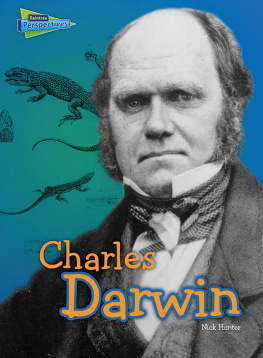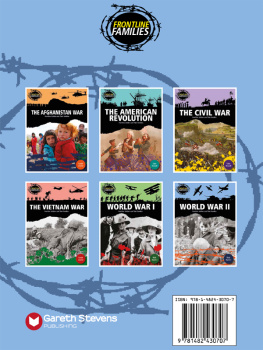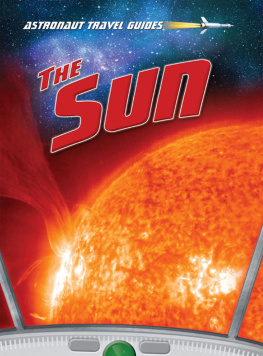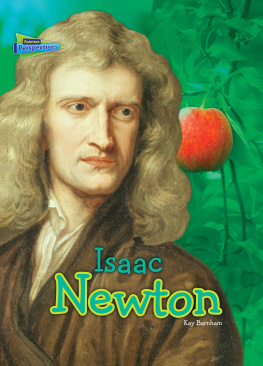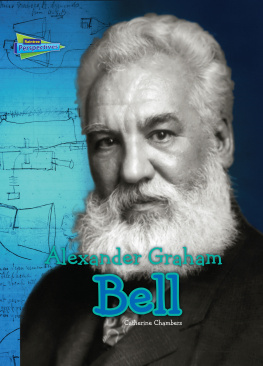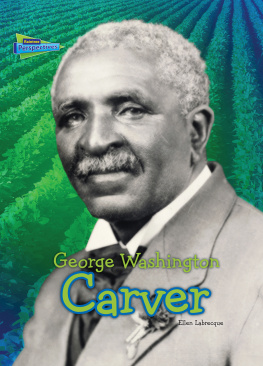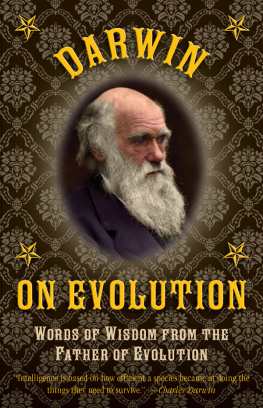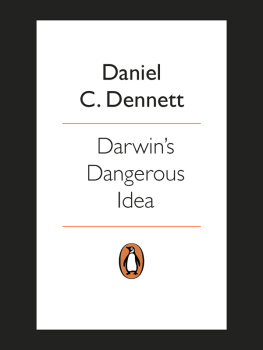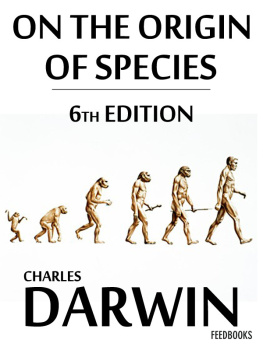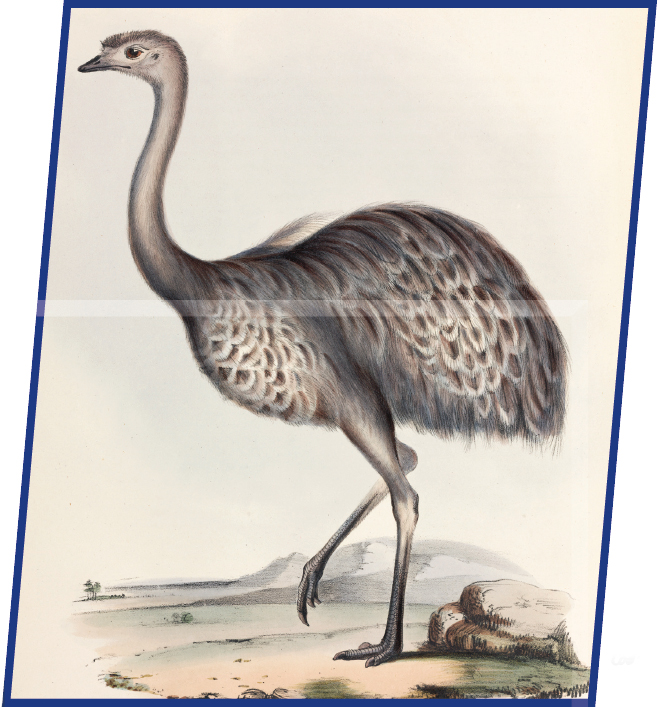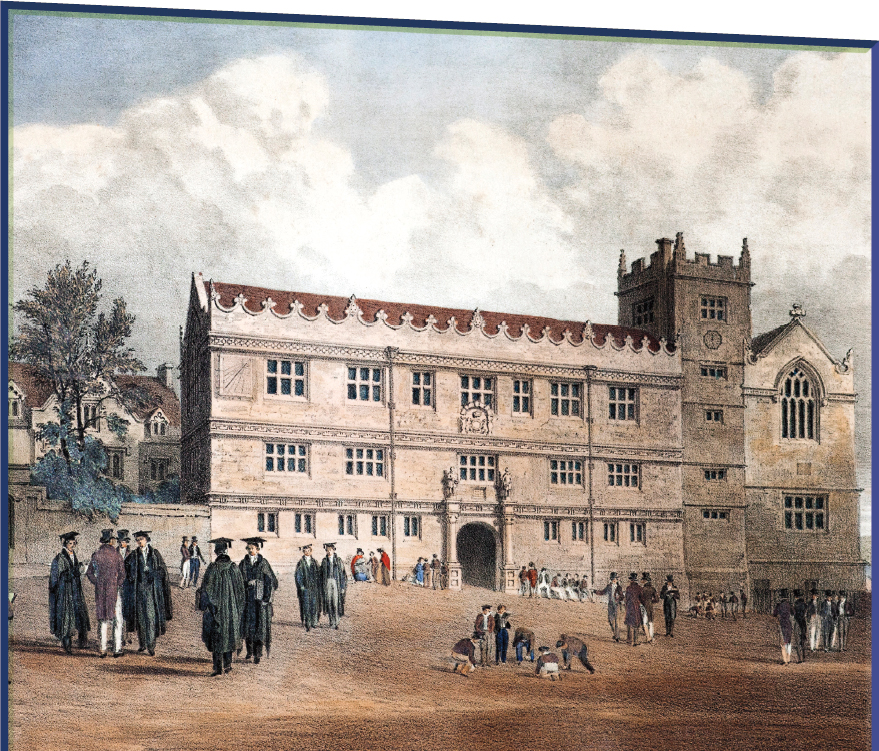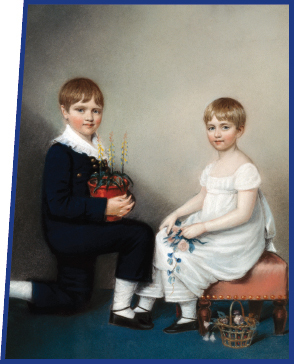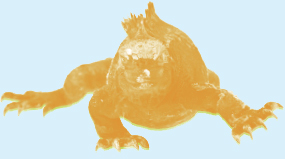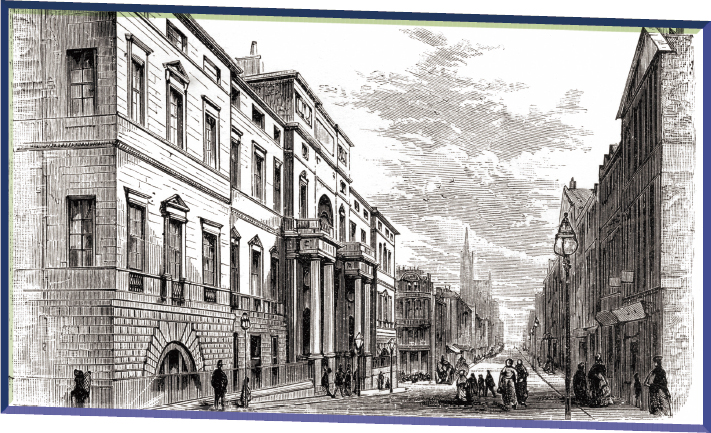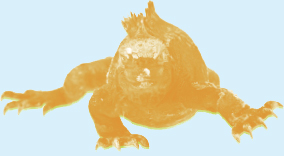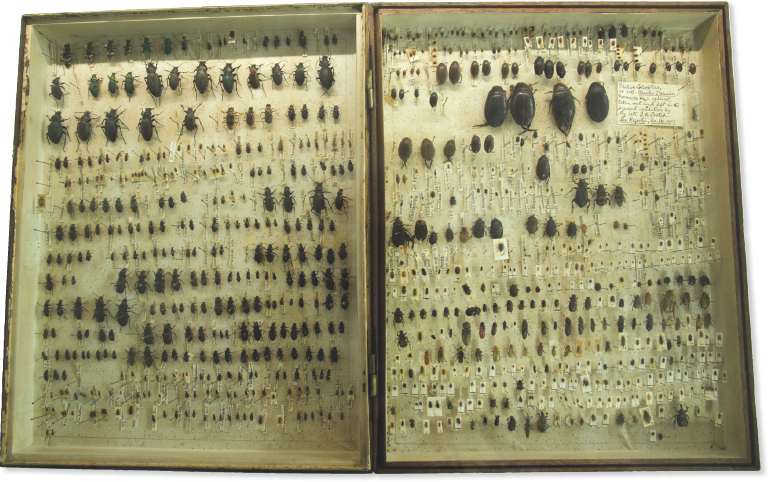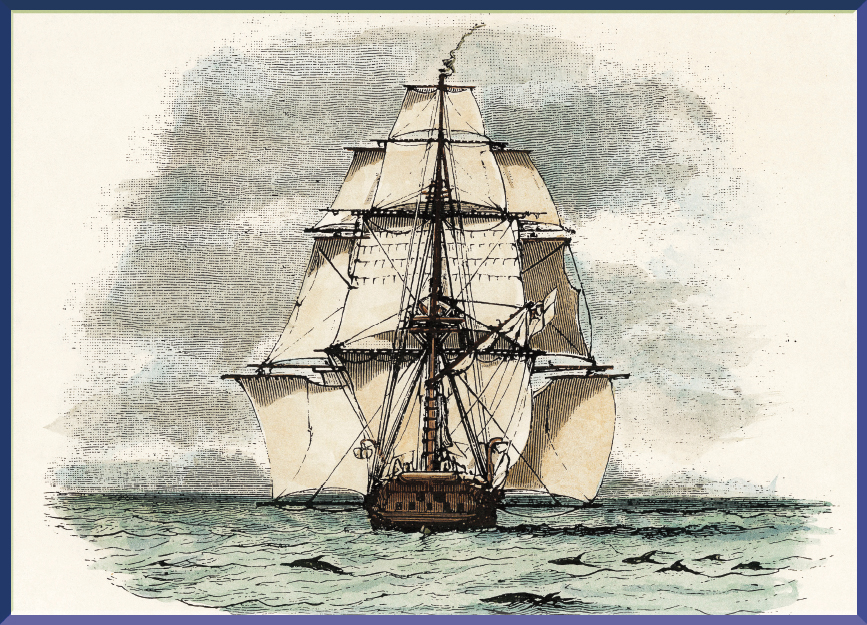Timeline
1809 Charles Darwin is born in Shrewsbury, England, on February 12
1818 Starts to attend the Shrewsbury School; dislikes the school and is not a goodstudent
1825 Begins to study medicine at Edinburgh University, Scotland
1828 Attends Cambridge University in England; studies to join the church, but hisinterest in nature grows
1831 Leaves Plymouth, England, on HMS Beagle on December 27. The voyage is to shapehis ideas and his life.
1835 The Beagle visits the Galapagos Islands during September and October. Darwinmakes many discoveries that lead to his theory of evolution.
1839 Darwin marries his cousin Emma Wedgwood. The couples first child, William,is born in December.
1842 The Darwin family moves to Down House in Kent, England
1844 Darwin sets out his theory of evolution in a long essay, but does not publishhis ideas
1858 Receives a letter from Alfred Russel Wallace outlining Wallaces own ideas aboutevolution. Their ideas are jointly made public.
1859 On the Origin of Species by Natural Selection is published, becoming a best-seller
1871 The Descent of Man is published, explaining the evolution of human beings
1882 Charles Darwin dies on April 19, at the age of 73
Find Out More
B OOKS
Gamlin, Linda. Evolution . New York: Dorling Kindersley, 2009.
Gibbons, Alan. Charles Darwin (Lifelines). New York: Kingfisher, 2011.
McGinty, Alice B. Darwin . Boston: Houghton Mifflin Harcourt, 2009.
Winston, Robert. Evolution Revolution . New York: Dorling Kindersley, 2009.
I NTERNET SITES
Facthound offers a safe, fun way to find Internet sites related to this book. Allof the sites on Facthound have been researched by our staff.
Heres all you do:
Visit www.facthound.com
Type in this code: 9781410966025
P LACES TO VISIT
American Museum of Natural History
Central Park West at 79th Street
New York, New York 10024-5192
www.amnh.org
Exploratorium
Pier 15
San Francisco, California 94111
www.exploratorium.edu
Who Was Charles Darwin?
Charles Darwin spent his life studying and understanding nature. Darwins ideas changedthe way people understood the natural world. He also changed the way people thoughtabout themselves and where human beings came from.
Charles Darwin grew up at a time when most people believed that God had created theworld and everything in it in six days. Darwin studied the worlds animals and plantson a five-year voyage around the world. What he discovered convinced him that theremust be another explanation for the huge variety of animals and plants on Earth.
This is a portrait of Charles Darwin at about the age of 45, just before he publishedhis famous theory of .
C HALLENGING IDEAS
Darwins ideas challenged what most people believed at the time. Opponents arguedthat he was wrong. Some of these arguments continue more than 150 years after Darwin. However, scientists accept that Darwins theories are correct.This makes him one of historys greatest scientists.
Darwin collected samples and drawings of the animals he saw on his travels, suchas this rhea from South America.
Growing Up
Charles Darwin was born on February 12, 1809, in Shrewsbury, England. His fatherwas a well-known doctor, and the family was wealthy. Charles grew up in a large house.When he was eight years old, his mother died. His three older sisters then took careof him.
During his seven years in the Shrewsbury School, Charles learned little about scienceand nature.
S CHOOL STRUGGLES
At the age of nine, Charles was sent to the Shrewsbury School. He hated it. Schoolsat the time thought that learning Latin and ancient Greek was much more importantthan science. Charles himself later wrote that nothing could have been worse forthe development of my mind.
Charless terrible report cards did not please his father,who accused him of caring for nothing but shooting, dogs, and rat-catching. Hepredicted that his son would be a disgrace to Charles himself and all his family.
Charles and his sister Catherine were the youngest of the six Darwin children.
Birds and beetles
Charles was fascinated by nature. He explored the grounds of his family home, collectingbeetles and other . He also experimented with chemicals in a shed. His smellyexperiments earned Charles the nickname Gas.
The Young Naturalist
Worrying about Charless bad grades in school, his father decided to send him toEdinburgh University in Scotland to study medicine. His medical studies were nota success, but the young nature-lover threw himself into scientific research anddiscussions. Charles explored and collected marine, or sea, animals from the coastclose to Edinburgh.
Charles was just 16 years old when he left home to study at Edinburgh University.
Medical misery
Charles soon decided that he would not follow his father into medicine.At the time, patients were operated on without
S TUDYING AT C AMBRIDGE
Charless father agreed that medicine was not the best career for his son. Charlessnext stop was Cambridge University, in England, where he would study to join thechurch. If he worked at a country church, Charles would have plenty of time to keepcollecting beetles and looking under rocks.
Cambridge also gave Charles the chance to meet and learn from some of the worldsgreatest scientists. One of them, Professor John Stevens Henslowe, suggested to Charlesthe journey that would change his life and the history of science.
Some specimens have survived from Charless huge collection of beetles.
The Voyage of the Beagle
Darwin was amazed when he saw how small the Beagle was. He had to share his cabinwith others on the journey.

